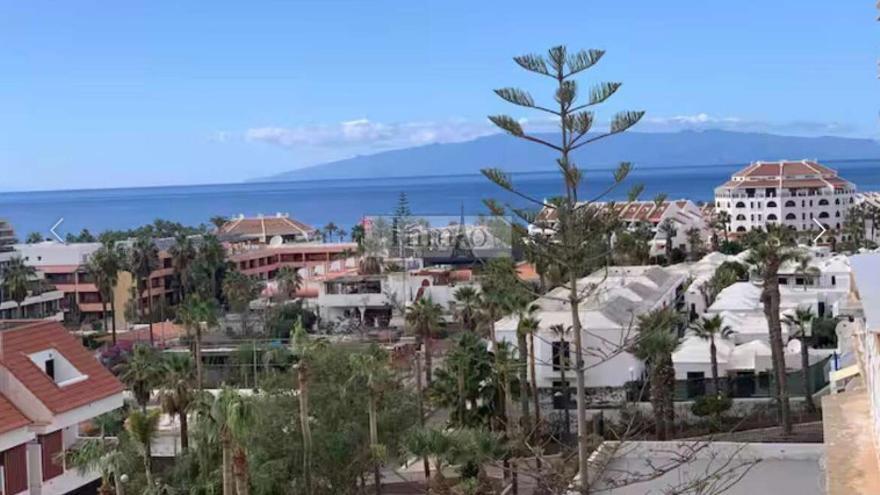From Tomato Fields to Tourist Hotspot
On maps predating 1960, the coastal strip south of Los Cristianos was nothing more than tomato fields, a scattering of tabaiba shrubs, and a sea of impossibly blue waters. Just two decades later, travel brochures from Spies, Neckermann, and Thomson were advertising it as Europe’s new Miami: “Playa de las Américas.” The name, now synonymous with Tenerife’s largest tourist hub, didn’t come from an old local landmark or geographical feature. Instead, it was the brainchild of a Catalan developer who saw potential in selling this volcanic plain as a gateway to the “New World.”
A Visionary Transformation
Until the 1960s, the coastal area between Los Cristianos and Barranco del Rey was an agricultural zone (known as Camisón and Llanos de Troya), dotted with tomato plants and prickly pears. Everything changed in 1962 when Catalan entrepreneur Rafael Puig Lluvina purchased 2.3 million square meters of land to create Tenerife’s first major sun-and-beach resort. To develop the project, he founded the company Playa de Las Américas S.A. (registered as TF-3395) and gave the development the same name.
The “New World” Marketing Strategy
The agency tasked with selling the first holiday packages in Scandinavia recommended a name that evoked modernity and exoticism. “Las Américas” conjured images of Miami Beach’s glamour and the idea of traveling “to the other side” without leaving Europe—a concept highlighted in the corporate magazine of Viajes Insular during its 60th-anniversary celebration.
A Nod to Atlantic History
The Cabildo de Tenerife supported the name because, for centuries, the Canary Islands had been the last European port before crossing the Atlantic to the Americas. As Spring Hoteles’ heritage blog explains, the name pays tribute to this transatlantic connection and “symbolizes a multicultural destination born from the movement between continents.”
Key Milestones in Development
1964 – The “Playa de las Américas” Partial Plan was approved by the municipalities of Arona and Adeje.
1966 – The Tenerife Sol hotel opened, and Spies Rejser brochures began advertising “Holidays in Las Américas.”
1973 – Spain’s Official State Gazette (BOE) published the desalinated water concession for the “Playa de las Américas, S.A.” development, cementing the name in official records.
From Brochures to the Map
By the 1980s tourism boom, the name had jumped from tour operator catalogs to official maps. The National Geographic Institute included “Playa de las Américas” in its 1:25,000 scale maps in 1987. Today, it designates an urban sprawl spanning two municipalities (Arona and Adeje) and welcomes over 1.5 million visitors annually.

